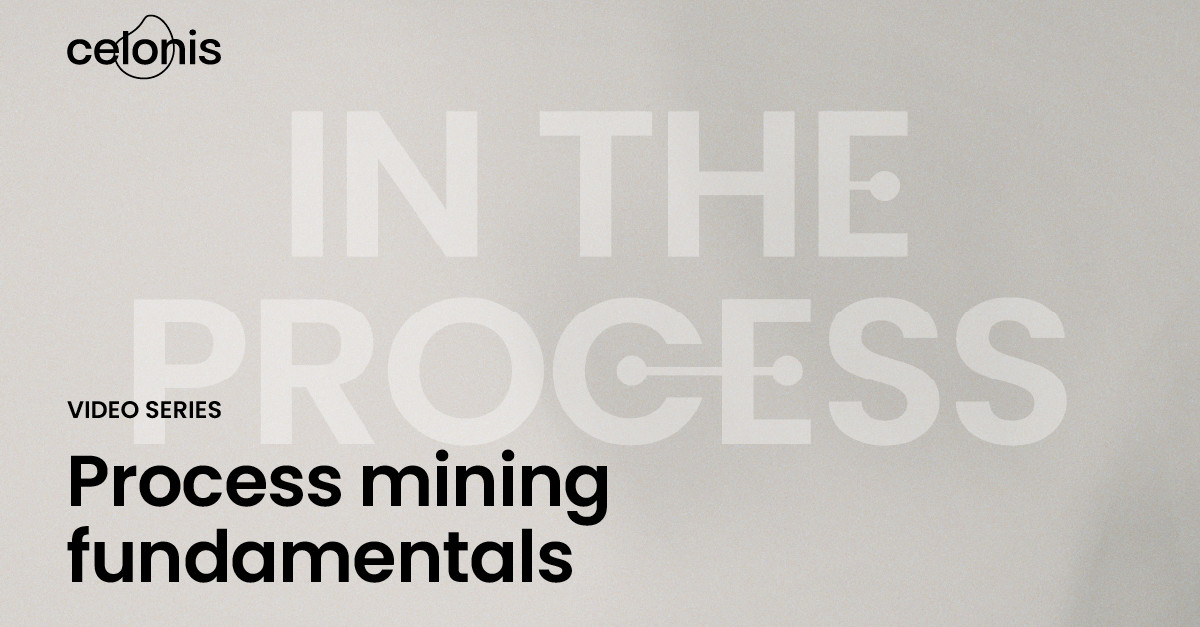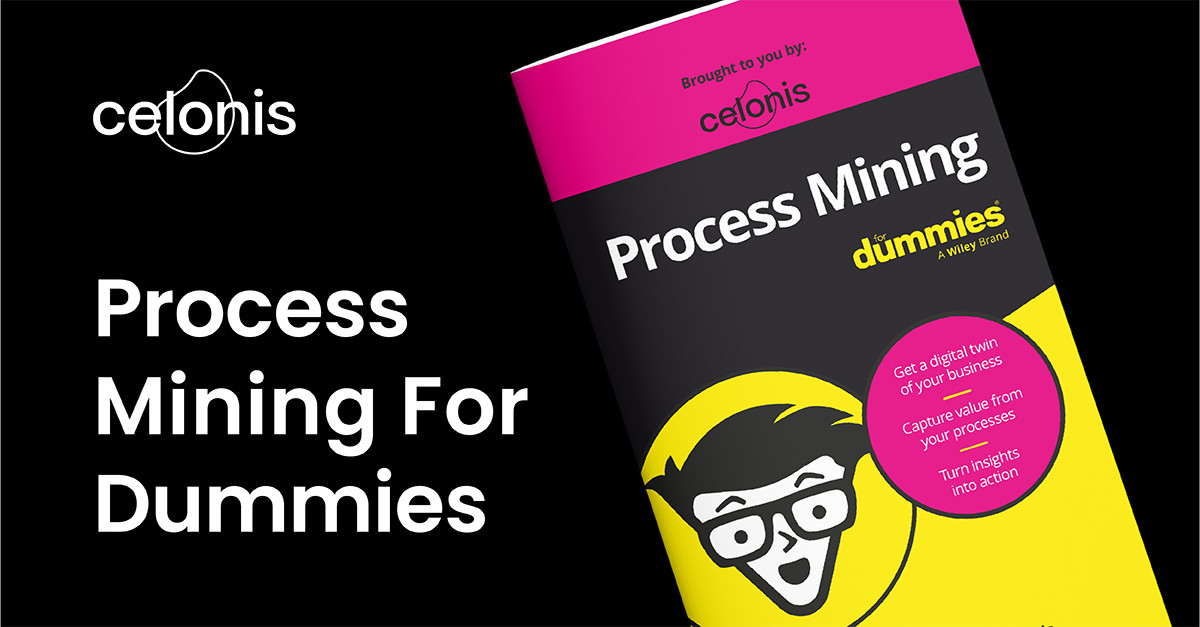- the analysis game
- Posts
- Process Mining: A Data-Driven Approach to Business Improvement.
Process Mining: A Data-Driven Approach to Business Improvement.
Understanding the basics, benefits and industry sector applications.

Process Mining by the Author
Are you an analyst, product or program manager looking for new ways to improve business processes and outcomes?
Yes!
Then this overview of process mining is for you.
In this post, you'll understand:
What process mining is
How it differs from traditional process mapping
The benefits and challenges of implementing process mining
Real-world industry use cases and applications
How to get started with process mining in your organisation
Wrapping up with actionable steps, further reading and additional learning resources.
Table of Contents
Definitions
Okay, I know, you know what a process is, but lets formalise it:
A process is a series of actions or steps repeated in a progression from a defined or recognised 'start' to a defined or recognised 'finish'. The purpose of a process is to establish and maintain a commonly understood flow that allows a task to be completed efficiently and consistently.
What’s process mining?
Process mining is a method of applying specialised algorithms to event log data to identify trends, patterns and details of how a process unfolds. Process mining applies data science to discover, validate and improve workflows.
The Differences
Process Mapping
Process mapping can range from simple to complex, depending on the target problem.

High Level Process Mapping “As-Is” by the Author.
Examples of processes within a retail environment include:
Setting up a Product SKU
Creating an Order
It starts with the “as-is” i.e. what’s the current process?
A time frame is normally agreed for the analysis, before talking with stakeholders to understand their process activities, needs, challenges and frustrations.
Depending on complexity, you may need Visio or other alternatives to document the process. Once documented, the process map is reviewed and approved by stakeholders.
The inherent dangers with “manual” process mapping are:
Stakeholders may have no / incomplete process knowledge
Not all activities are captured
Gathered information is inaccurate
Gathered information is not evidence based - perceptions
Note: If the “as-is” process can’t be defined and validated, any “to-be” improvement is compromised.
Process Mining
Inspired by IBM’s definition, the process mining funnel is illustrated below.

Process Mining Funnel image by the Author.
The 3 retail examples I provided earlier all require IT applications and systems.
Process mining involves gathering telemetry data (e.g. event logs), from these systems to detail the “as-is”. Algorithms are then applied to understand trends, before workflows can be validated and improved - “to-be”.
The key difference between process mapping and mining, is the evidence based approach, i.e. it can be proved. Manual process mapping can also be evidence based, however, with telemetry data, actual usage / process participation is digitally detailed.
Benefits
Cost Savings
One of the main benefits is costs savings, see how Aldi saved €3.1 million in value realised and costs avoided.
Evidence-Based
Process mining shows what’s actually happening within an organisation, rather than perceptions and assumptions.
As an illustration, if stakeholders state that “sku setup” takes 2 days to complete whilst the telemetry data from IT systems shows 4 days, the digital evidence outweighs stakeholders view - action to analysis the discrepancy.
SLA (Days) | Process Mapping (Actual Days) | Process Mining (Actual Days) | |
|---|---|---|---|
Sku Setup | 3 | 2 | 4 |
Order Creation | 3 | 1 | 6 |
Supply Chain Management | 10 | 15 | 20 |
NB. The figures in the table are for illustration only.
Increase Productivity
All organisations want to increase productivity, view the Siemens case study on Improving Process Efficiency and Driving Savings
Ensure Compliance
Financial Services and Utilities operate under strict compliance thresholds, see how Apromore Applies Process Mining to Help Diverse Vertical Industries Manage Compliance.
Challenges
In Process Manifesto1 , the authors present 11 key challenges (thorough!), 2 of which are represented below.
Gathering & Transforming the Data
Data preparation can take up to 80% of the time spent on an ML (Machine Learning) project2 .
It's no different with process mining, the bulk of the time will be spent gathering, transforming and loading the data so the algorithms can understand trends, validate workflows and suggest improvements.
Time aside, there's additional expense to acquire these resources and skills if they're not available in-house.
Benchmarking
In the paper (Process Mining Manifesto), the authors looked at bench marking from a technology viewpoint. That is, process mining has multiple techniques, however, there's a lack of bench marking to evaluate performance.
Therefore, process mining should be tied to an objective e.g.:
To optimise order-to-cash cycle time by analysing delays in order processing and invoicing
To reduce operational costs by identifying redundant or inefficient steps in core business processes
To enhance customer satisfaction by pinpointing and resolving service delivery bottlenecks
Organisations can then evaluate process mining and its implementation costs against realised savings, productivity gains.
General Use Cases
For a general understanding of use cases and applications, check out the article from AI Multiple Research covering 44 use cases in 8 sectors.
Sector Coverage:
|
Conclusion
Manual process mapping still has its place, especially for simpler tasks. But when you're dealing with complex operations and have the right tools and know-how, process mining should be a considered option.
As an analyst, it's crucial to understand how businesses actually work, not just how we imagine they do. Process mining cuts through the guesswork, showing you the real picture!

Which process mining approach to choose by the Author.
Thinking about getting started? Celonis's guide (have a look in the 'Further Reading' section) lays out three ways to begin.
You could start small with a Discovery Process Mining Project, step it up with an Enhancement Approach as you get more comfortable, or go all in with an Execution Management System for a complete overhaul.
It all depends on organisational need and resources.
Process mining isn't just the latest fad - it's a solid technology that can transform how you analyse and improve your business.
Further Reading
email registration required. |
Additional Learning Resources
Keen! Here’s more resources:
1. Free Online Course: "Process Mining: Data science in Action" on Coursera
2. Professional Community: IEEE Task Force on Process Mining
3. Top 11 Free Trial & Open Source Process Mining Tools



Reply